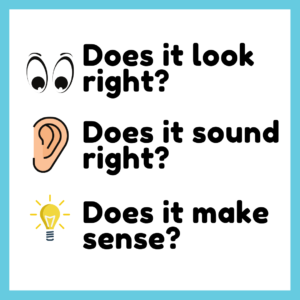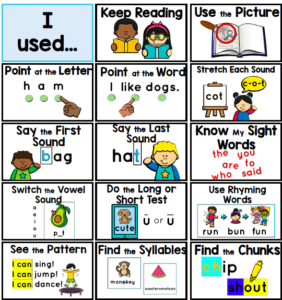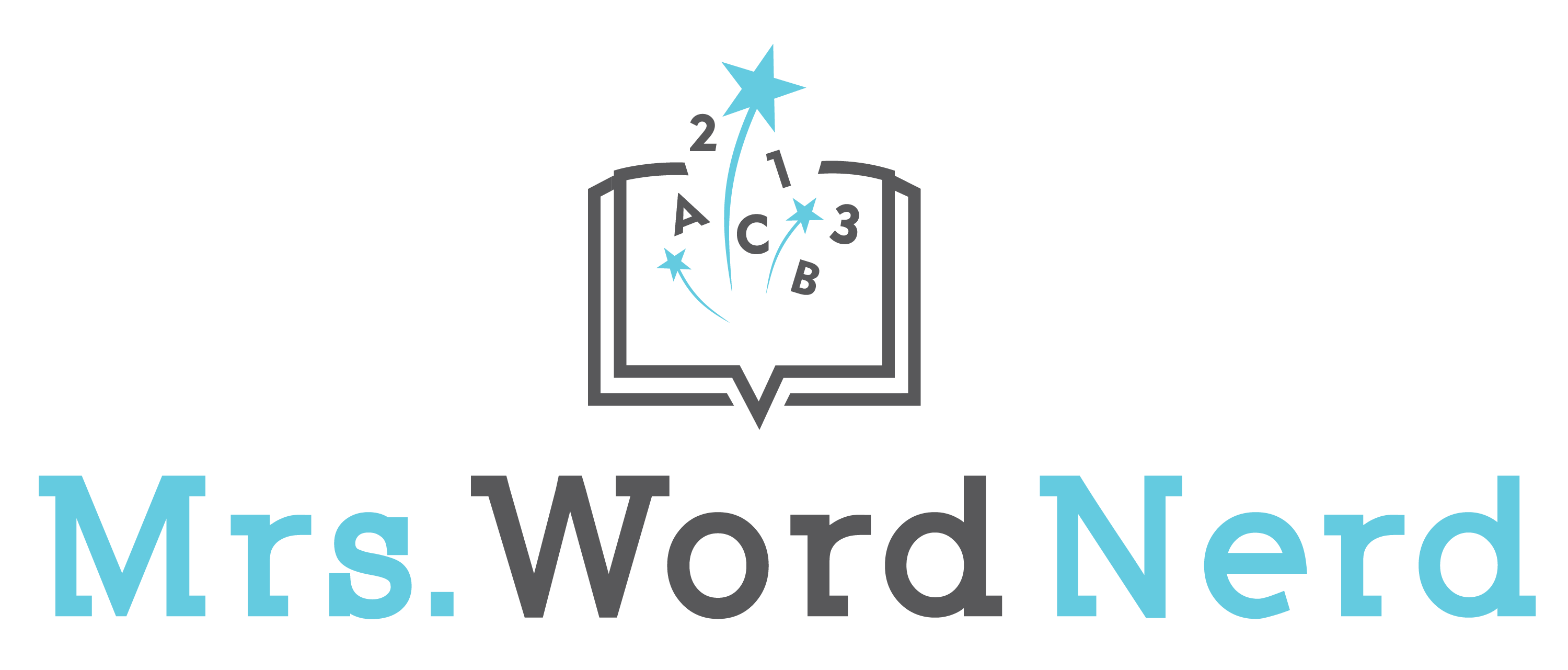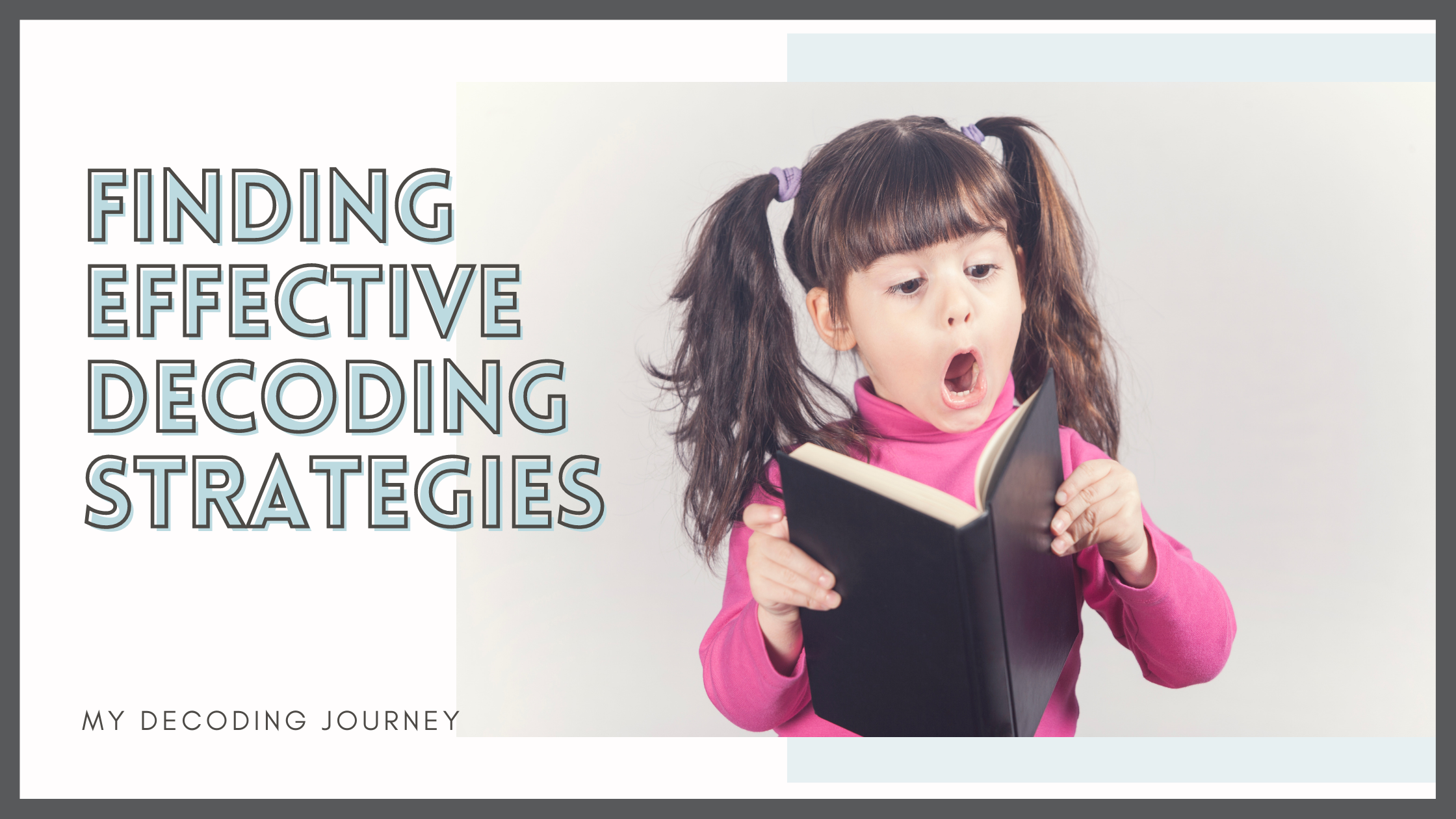Decoding strategies are a necessity for any early reader. They are also needed for older readers too as many students encounter new words daily. You would think over a decade into teaching I would have these decoding strategies mastered. Here I am still learning and still on my journey of learning and relearning to help you on yours so maybe it won’t be so long.
Beginning Teacher
In my first couple years, I relied on the decoding strategies based heavily on the 3 cueing system.

I can remember teaching lessons where I covered up certain words with a sticky note and we had to use the illustrations and context to figure out the word. Then we would look at the first letter and guess. Then try out some of our guesses to see if it made sense.
Looking back I see how all of this was more of thinking and guessing strategies. It had very little to do with the actual words. The research agrees. David A. Kilpatrick (2015) in his book Essentials of Assessing, Preventing and Overcoming Reading Difficulties, points out how the three cueing system was based on the psycholinguistic guessing game theory of reading. In fact the system reinforces the habits that struggling readers develop. Check out this article.
5 Years In
I was still using the 3 cueing system, but had added movements to each part that I taught in small groups. I also discovered the animal decoding strategies. We are talking Stretchy Snake, Eagle Eye, Flippy Dolphin, Skippy Frog, Chunky Monkey, Lips the Fish, Tryin’ Lion. I thought they were cute and catchy, which I thought would help students remember them. At this time I had at least put time into realizing not everyone needed the same strategies.
Even with instruction and so much practice teaching these strategies, students weren’t using them like I thought they would. I started looking for something better. Weirdly enough the one strategy that students used the most was Chunky Monkey, which is essentially the skill of finding graphemes you know to help analyze and decode a word.
Reading Powers
My school at the time went through a large overhaul of our literacy program to make it more aligned across grade levels. (It was a one class per grade school.) Decoding strategies was one of those things. So we turned from animals to reading powers.

Switching to the language where students had the power within them they just had to learn how to use it was a huge deal. Students were excited about what powers they were learning and often asked what power are we learning or using today.
I had no idea they were connected to Lucy Caulkins and her study of Unit of Study to Teaching Reading. Which that might be a fault of us not sharing the background and research behind things we find.
So Now What…
I have simplified and combined good elements from all of these to find what I was looking for.
From the 3 Cueing System: I took the question “Does that make sense?” I don’t ask it with anything relating to guessing. I do use it in this example. If a student read “A bug is in the wed.” Ask the question and it prompts them to see they confused b and d.
From the Animal Strategies: I took the idea of catchy names.
From the Reading Powers: I took the idea of how empowering language can be for students when we use a lot of the language we use as teachers.
So I was thrilled to find: IMSE’s Reading Strategies
Enter in Lefty Larry, Blendy Wendy, Grapheme Grasshopper, Syllable Sam, Chase the Base and Lucy Lightbulb.

Get the Reading Strategies
I know finding the best ways to teach the students in front of you is hard. It took me years to get here, but the most important thing is to keep learning. If you are looking to get the IMSE’s Reading Strategies click here. They shared them on their website but they can be hard to find sometimes.





Leave A Comment